Western Province is the largest province in Papua New Guinea by area. It shares a land border with the Indonesian province of Papua and a sea border with Australia. There are several large rivers that run through the province, including the Fly River, PNG’s biggest, and the Strickland and Ok Tedi Rivers. Lake Murray, PNG’s largest lake, is also in the province.
Read More
Western Province: Papua New Guinea Business Guide
22 Mar 2019 by Leave a Comment



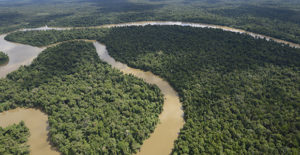
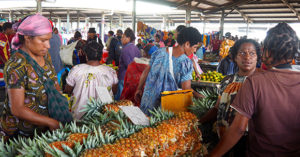
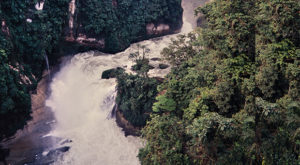
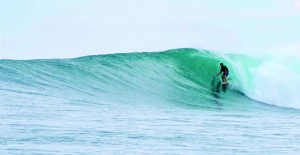
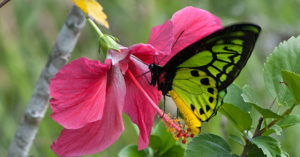
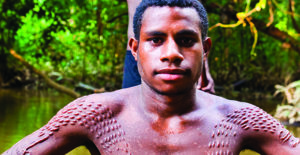
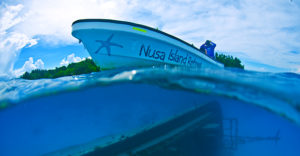
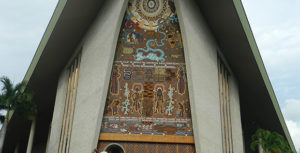
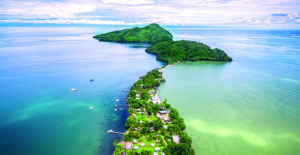
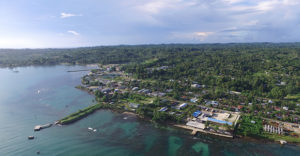





Recent readers’ comments